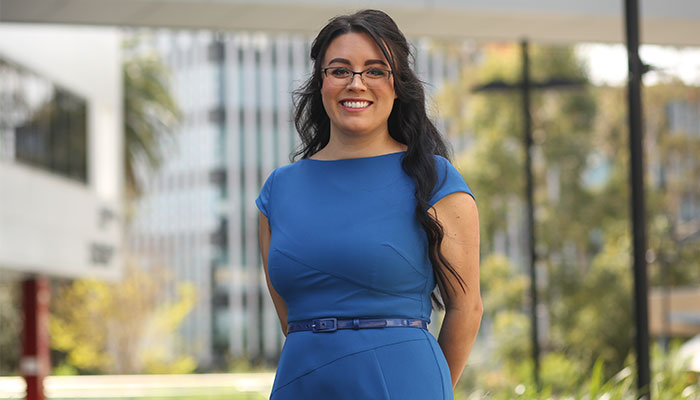COVID-19 has changed every aspect of our lives: consumer confidence has hit an all-time low, unemployment levels have soared, and consumers are uncertain about the future. Only 20% of consumers in Australia are optimistic about an economic recovery post COVID-19, with three-quarters pessimistic about longer term recessionary effects and 44% concerned about losing their jobs.
It follows that consumers are reigning in their spending and holding on tight to any savings, leading to what economists are describing as a new “age of austerity” in Australia. But what does this look like? What industries are most affected? What will we stop buying – and what is non-negotiable to still spend on? Will people stop buying bottled water but still splurge on takeout coffees? Will we all choose to take camping holidays instead of resorts, boot camps instead of gym memberships, Netflix subscriptions instead of movie nights out? How long will this new age last – and what does the aftermath look like?
Essentials vs luxuries
The economic shock cannot be understated. Economic downturns are stressful events that have historically shaped the mind-set of whole generations of consumers and they have a long-term impact on buying behaviour.
The impact of COVID is set to dwarf the impact of all the recessions since the Great Depression of the 1930s, but at much greater speed, leaving its mark in the history books.
People will consume much more frugally, choosing to “cocoon themselves” and stay in rather than go out. They cook at home, entertain at home, and engage in DIY rather than spend their hard-earned dollars. We are seeing a move from spending to saving and the implications for business are profound.
Travel, tourism and hospitality will be the hardest hit – but the cuts will run far deeper as items formally seen as essentials will move onto the luxury side of the ledger.
Consumers are now much more price sensitive and value conscious than pre-COVID. In times of economic downturn there is a clear shift to thrift, and simplicity. Car sales, apparel and footwear retailers and specialty items such as art, magazines and homewares already been negatively impacted.
Home-based entertainment here to stay
High-end luxury brands will be especially impacted, she says, as consumers have become less brand focused during this crisis, after finding their regular brands out of stock or moving to generic store brands or specials.
So, what will we still spend on in this new age of austerity?
Home entertainment is one of the rare consumer spend categories to be on the rise as consumers seek affordable and convenient ways to entertain at home. Streaming services such as Netflix, Disney+, Amazon Prime and YouTube Video have seen an unprecedented increase in subscription as consumers seek avenues for entertainment in lockdown.
This will continue post-COVID, potentially signalling a death knell for traditional forms of entertainment such as cinema.
Other continuing high performers are hygiene related: products such as hand sanitiser and disinfectant wipes will continue to sell well, and online stores will outperform bricks and mortar as more consumers try these new shopping options, and become more digitally sophisticated.
Shoppers do exist – they are just spending differently and in different places, such as online, and some retailers will need to change forever as consumers demand increased ease of shopping and efficiency.
Personal care, groceries and home DIY have sky-rocketed and wellness apps, fitness from home services, remote learning and upskilling, and telemedicine have shown sudden growth as consumers search for new ways to meet their daily needs. Many of these new consumer behaviour habits will stay in the long-term post-COVID lockdown as consumers adjust to the convenience of digitally enabled service delivery.
But history tells us this shift to thrift is here for a while. I don’t have a crystal ball but from a historical perspective, it took a significant time before consumers felt ready to increase their discretionary spend after the Great Depression and even the GFC.
The experience of the Great Depression, in particular, shaped that generation forever. Many decades later they were still very frugal with their money. Once you inject fear, it might subside but it never disappears.
Jana Bowden is Associate Professor in the Department of Marketing at Macquarie Business School

